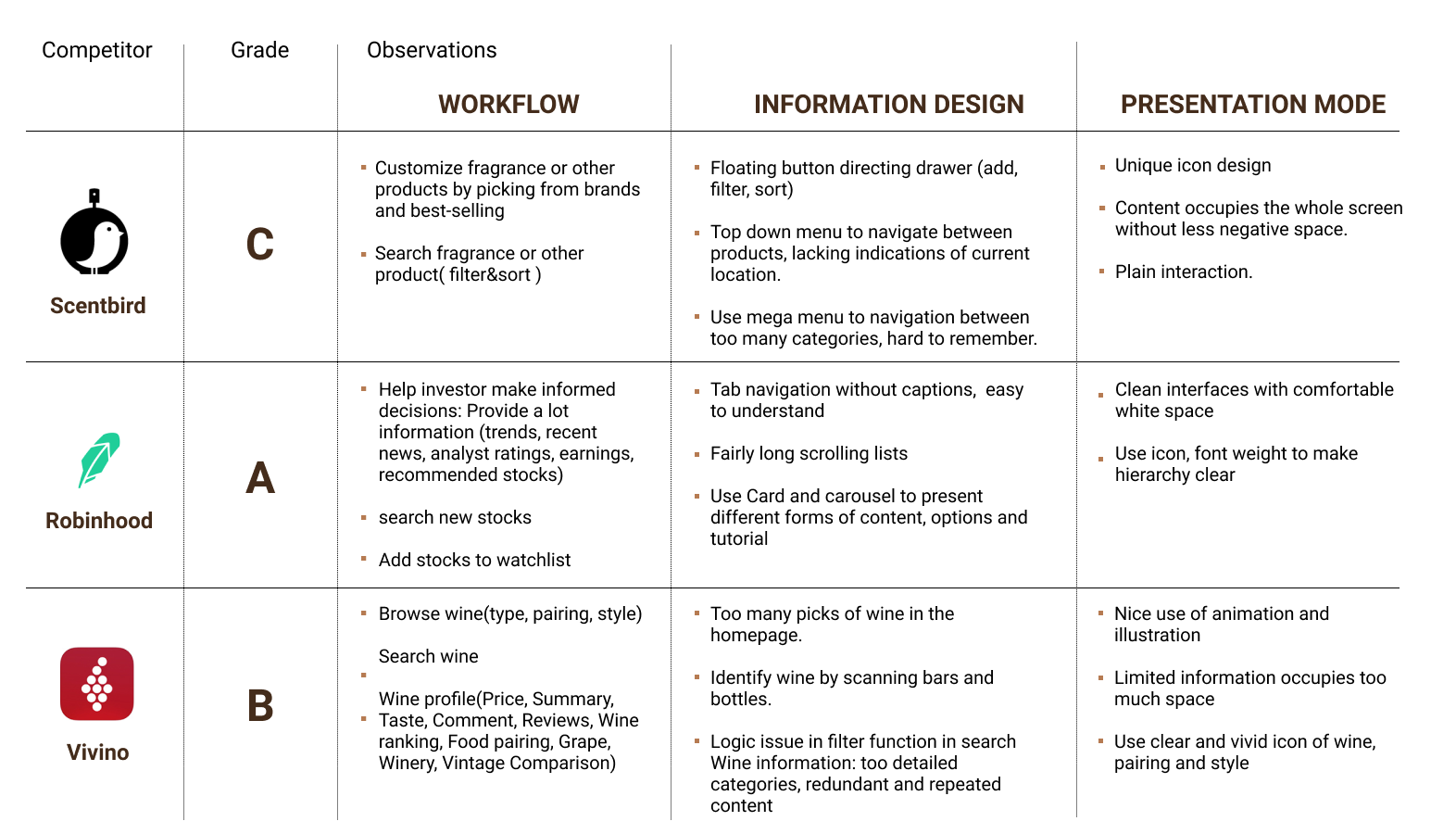- Project Overview -
PROMPT
Create a relaxing wine tasting experience for ordinary customers.

Problem
Traditional wine tasting events requires costumers to use professional words or likert scales to describe the characters of wines. Ordinary customers feel pressured and hard to join such activities.
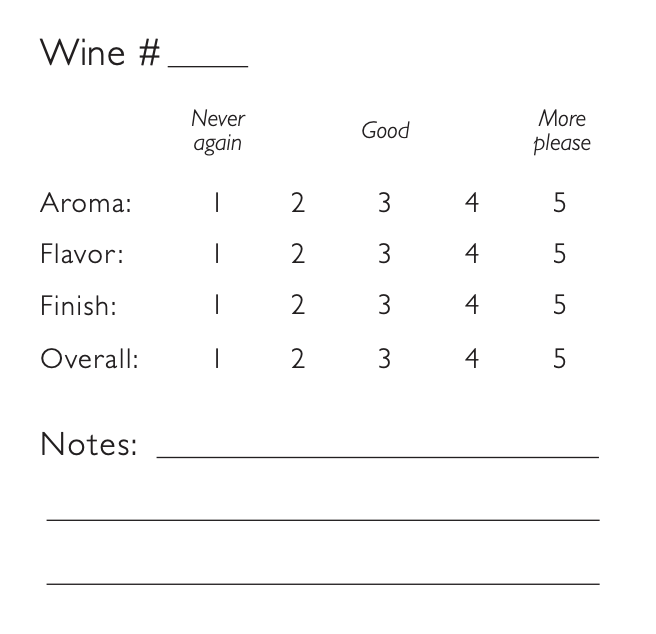
Likert Scales
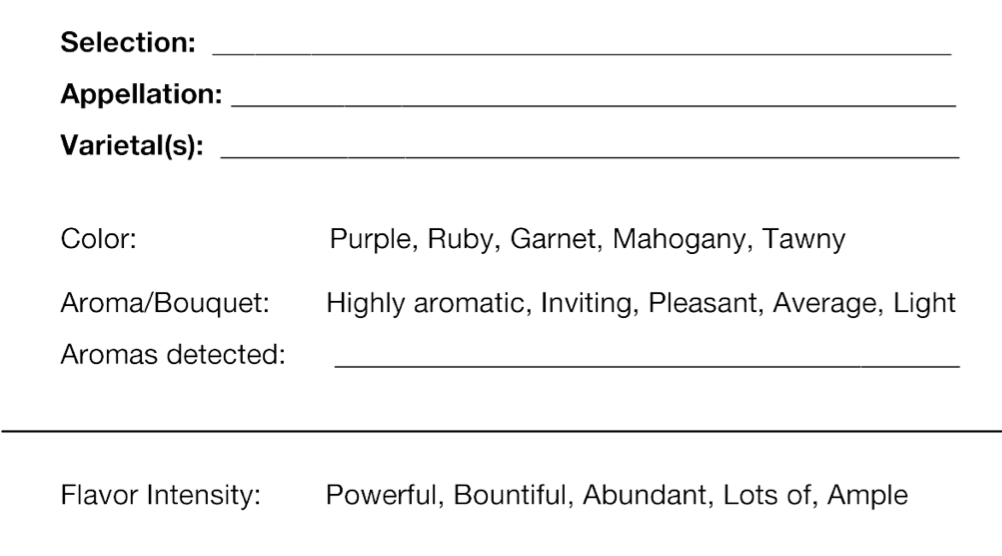
Professional Words
Solution
Build a taste recording app that narrows down the gap between professional wine tasting and ordinary customers.
Objectives
Affordable
Educational
Attractive
Affordable
To reduce the awkwardness and seriousness, sequential questions are replaced by scattering bubbles. There aren't any required questions. Customers can choose the bubbles that they are interested in.
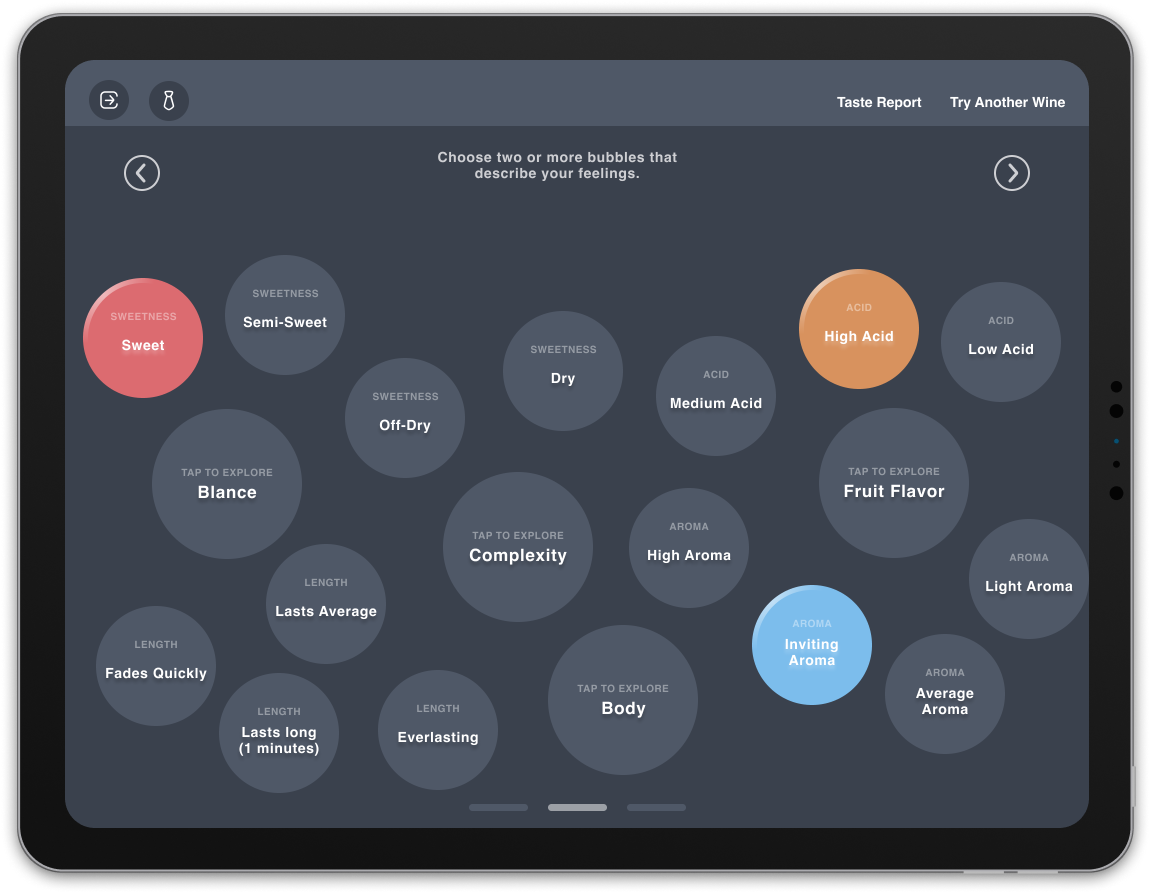
Educational
Based on the customers' evaluation of the wine they tried, the system will predict the varietals that fit in an individual's flavors. Customers can know their own taste better.
Attractive
Customers will be attracted to discount at their first glance.
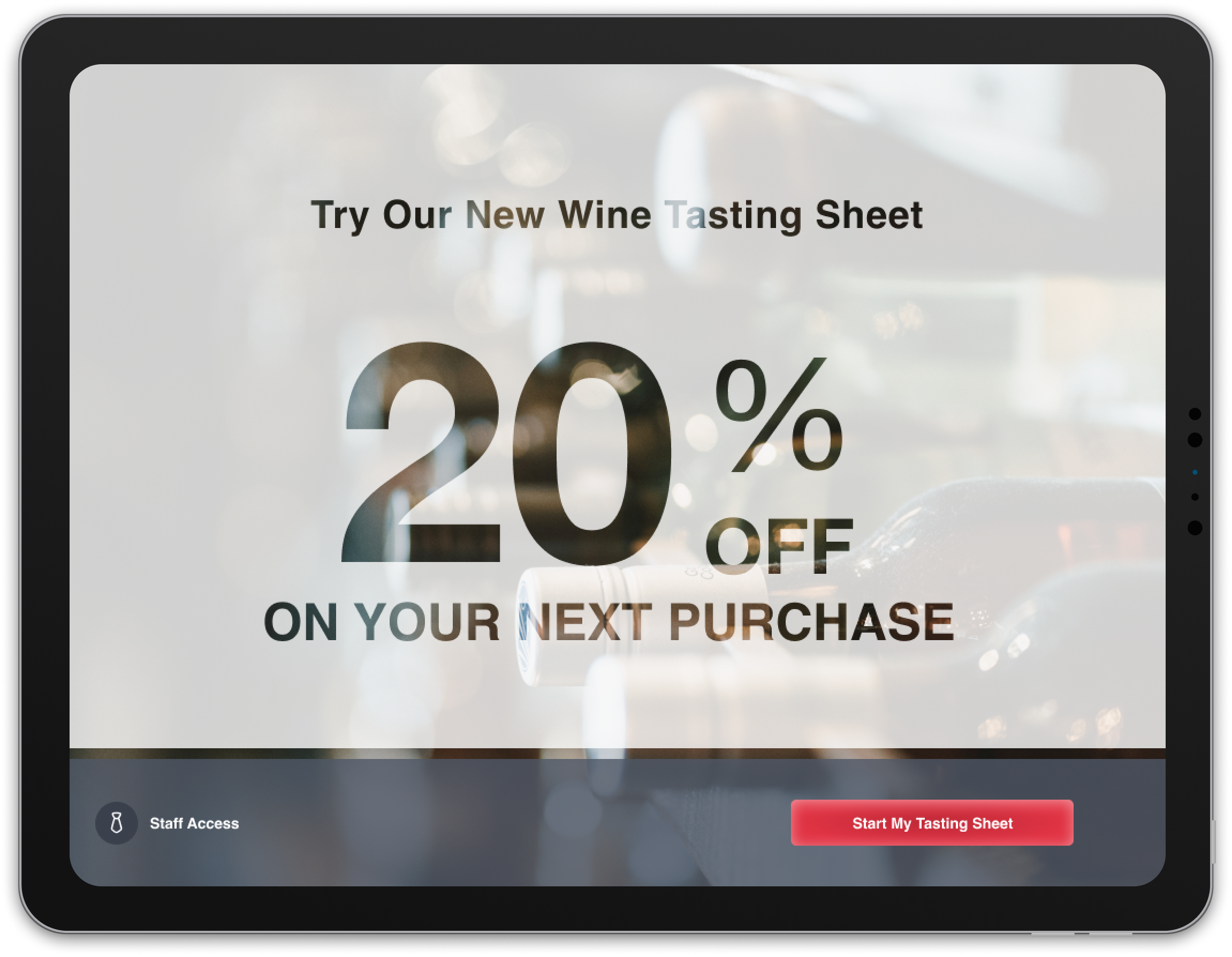
- User Flow -
Whole Flow
User Journey

Emily
Casual Drinker & Party Butterfly
Emily just graduated from university and get a job in a big city. She was invited by her colleagues to drink some wine after work several times. She knows a little about wine, but she wants to hold a wine party to build up some relationship with her colleagues.
One day she goes to the liquor store and wants to try free samples there.

- Design Process -
Interviews
Interview for customers
To figure out what wine-related information matters and how customers feel in the wine taste, participants also asked to taste a glass of white wine and red wine if allowed by law and finish tasting sheet.
Survey for Business
I also conduct an email survey to Design Group at Total Wine & More and they answer the question from a business perspective.
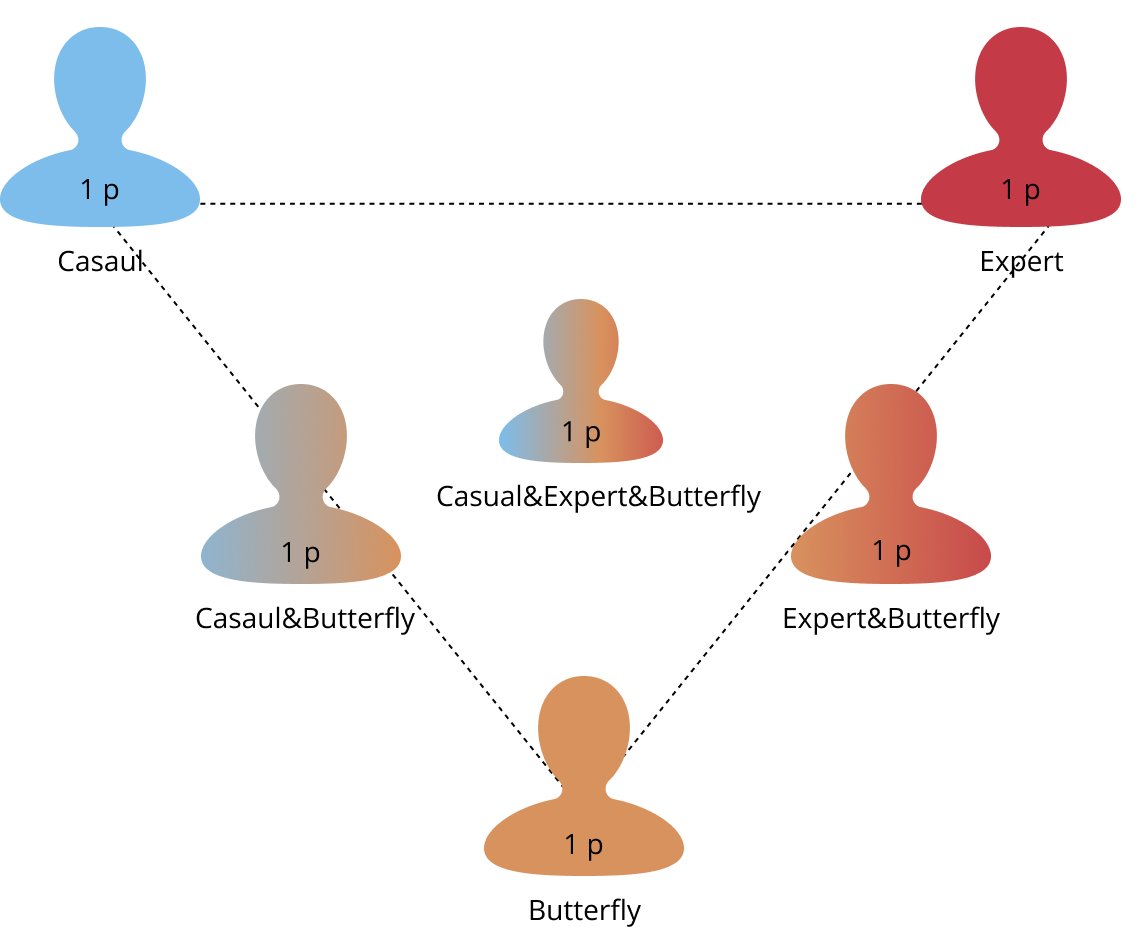
- Customers may feel pressure in the wine tasting. “Don’t treat me like a professional."
- The most important thing for ordinary customers is to Buy or Not. - “I just want to rememberer if it is worth spending the money"
- It is hard to understand France or other languages in the package
- The descriptions of wine in the sheet do not help customers to describe the wine. -“Reviews on the websites are more interesting. I can understand their human language. "
- Entry-level taster tends to know about professional knowledge, while participants with more experience think tasting is an individual matter.
- They want some subscription that can differentiate different flavors. (Aromas: high aromatic, Inviting, Pleasant, Average, Light; balance)
- "Understand what taste profiles a specific person preferred allows for more useful product recommendations in the future."
- “What products attendees enjoyed more than others."
Design Consideration
- Taste recording process should be relaxing, don’t make it a test or survey.
- Keywords/notes are useful to quickly remind of the wine’s taste. Use easy-to-understand language. -“Reviews on the websites are more interesting. I can understand their human language. "
- Information Importance Hierarchy
Sweetness > Acidity >> Aroma, Fruit Flavor, food pairing>>Complexity, Body, Balance(Expert Users) - For company: wine recommendation & which product is popular.
Competitive Analysis
